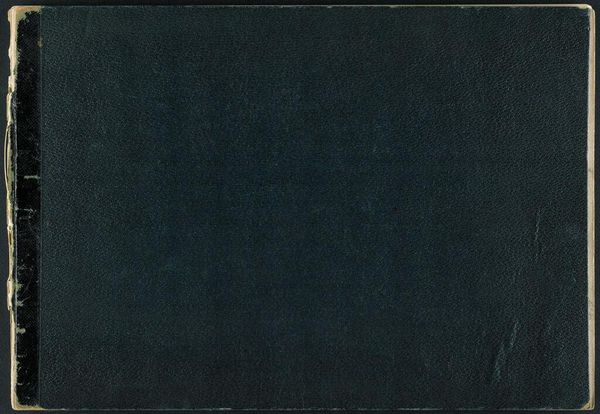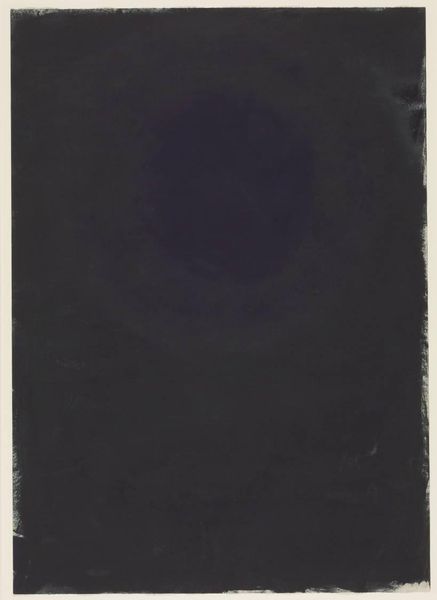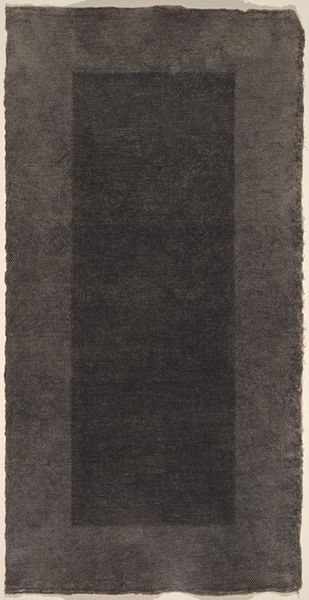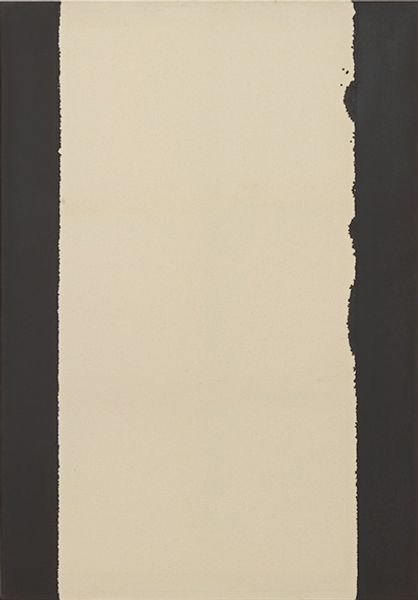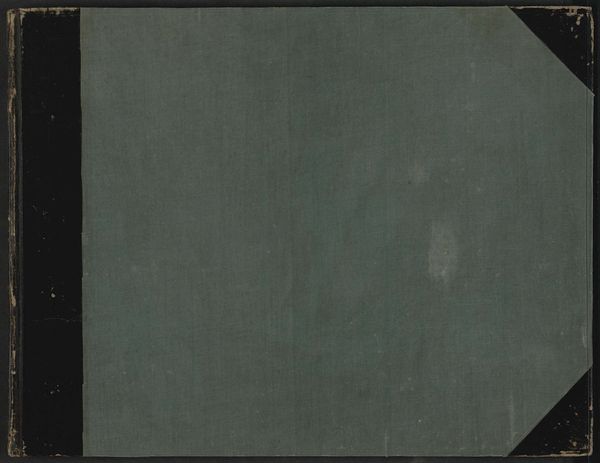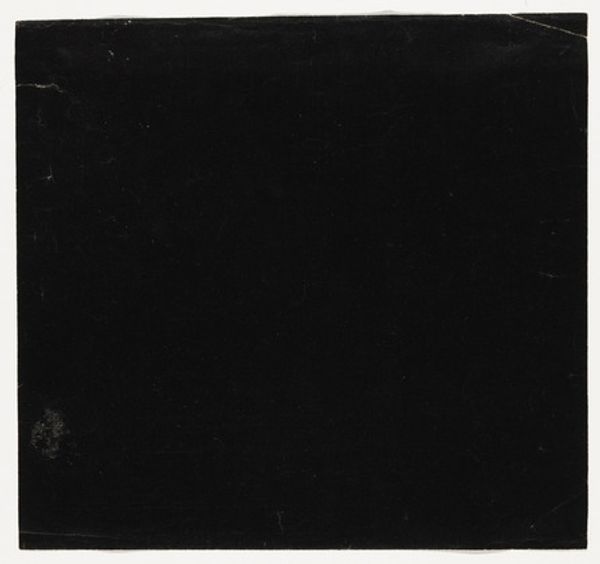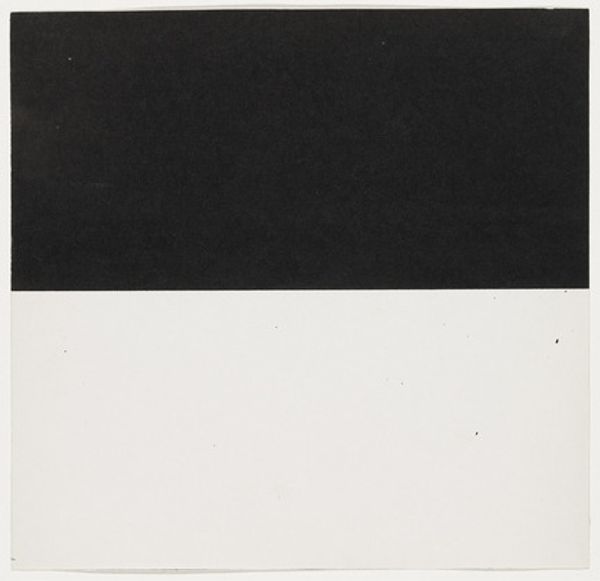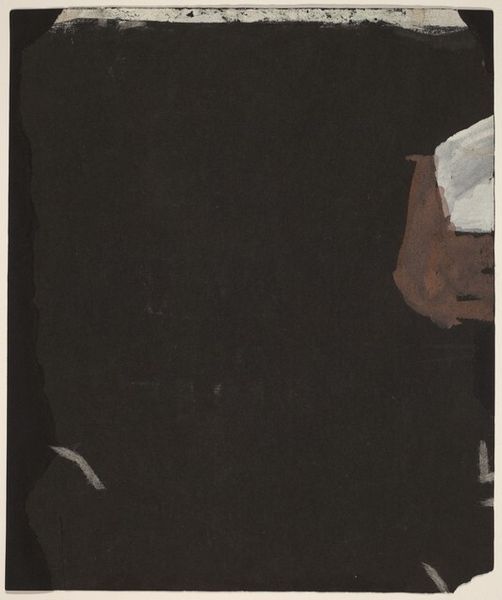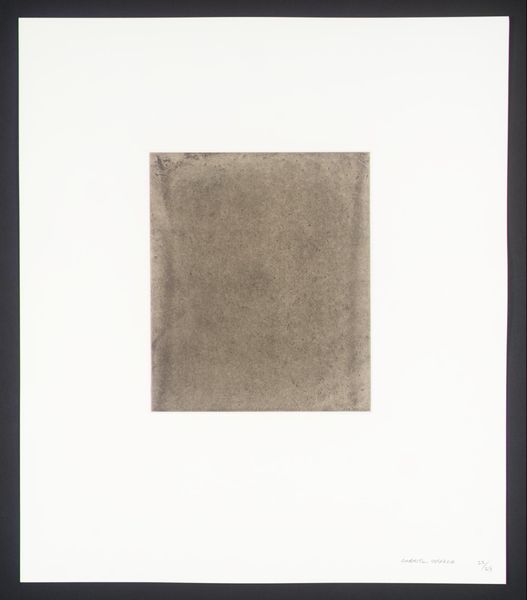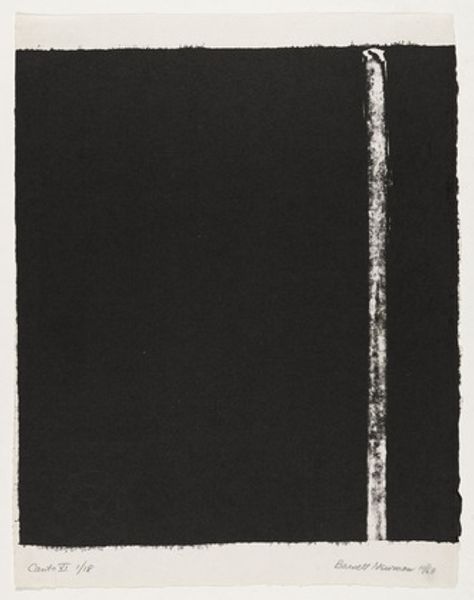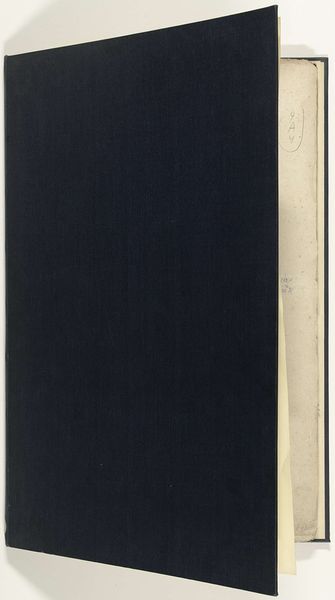
Jan Claasz of de gewaande dienstmaagd: de liefdesverklaring van Reinier Adriaansz Possibly 1741 - 1820
0:00
0:00
drawing, print, etching, paper, ink
#
portrait
#
drawing
# print
#
etching
#
paper
#
ink
Dimensions: height 240 mm, width 168 mm
Copyright: Rijks Museum: Open Domain
This print, "Jan Claasz of de gewaande dienstmaagd: de liefdesverklaring van Reinier Adriaansz", was made by Abraham Delfos in the 18th century. It's an etching, meaning the artist used acid to cut lines into a metal plate, which was then inked and printed. Look closely, and you'll see that Delfos wasn't just mechanically reproducing an image. The etched line has a unique character, a kind of controlled looseness. The deep blacks are achieved by carefully layering ink, creating a rich and velvety texture. Printmaking in this era was a craft, deeply embedded in the social fabric. It allowed images to be widely distributed, fueling public discourse and shaping popular opinion. The level of skill involved speaks to a long tradition of craftsmanship, where the hand of the artist is always present, even in a medium designed for reproduction. So next time you look at a print, remember the labor, the skill, and the social context that brought it into being. It's not just an image, it's a piece of history, made by human hands.
Comments
No comments
Be the first to comment and join the conversation on the ultimate creative platform.
